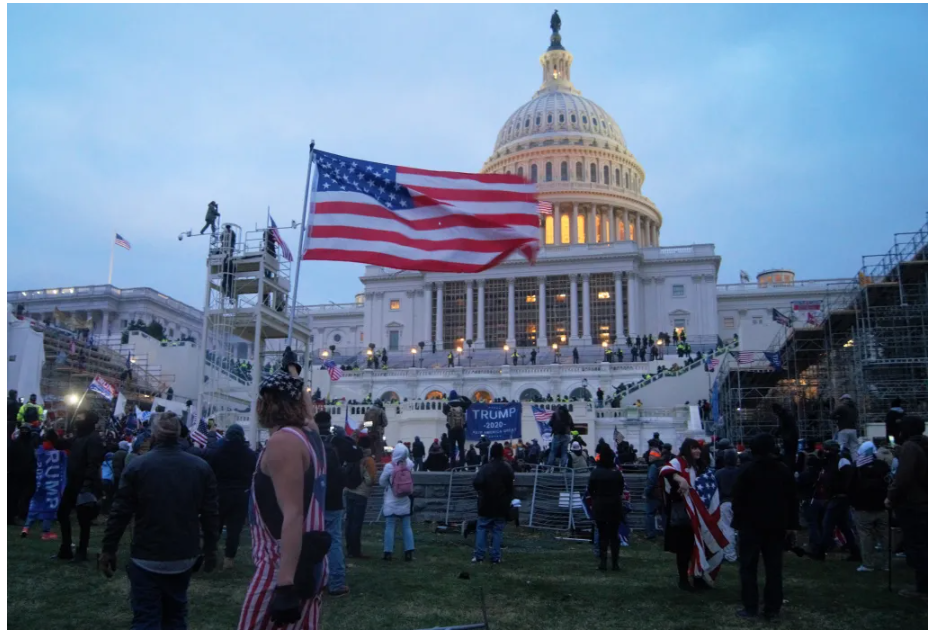American terrorism towards black people:

The timelines created by Haley Price are intended to put the 2020 Black Lives Matter protests in historical perspective. Data from current news articles and websites like blackpast.org and history.com were mostly utilised. Please only read this chronology once. Take your time, learn a bit at a time, and then teach someone you care about what you have learned [3, 4].
I revised the timeline, concentrating on the period up to 1860, for substance, syntax, and punctuation. I thought that I had to mention a few things that happened outside the US’s national borders. I made the choice to incorporate regionally expansive linkages in certain events’ descriptions rather than adding them to the chronology [5-7].
The project’s primary objective is to demonstrate the antiblackness that permeates all levels of government, including those at the federal, state, and municipal levels. The research also demonstrates how Black people are resilient and resistant to institutional oppression [8-10].
The timelines are an amazing teaching and learning tool for the political history of the historical period we are in since they do a great job of emphasizing significant dates in Civil Rights action and legislation. Other people are encouraged to create their own timelines since the struggle for Black Lives transcends political and legal restrictions [11-13].
Because of their natural hair, Black Americans have historically been stigmatized and treated unfairly. Legislators in at least 15 states have discussed banning hair discrimination this legislative session. The CROWN Act, which stands for “Creating a Respectful and Open World for Natural Hair,” was adopted by the US House in March [14, 15].
In Louisiana, the CROWN Act was initially presented in the spring of that year. Legal experts believe that additional states will pass similar measures. She emphasizes calls for racial justice, a rise in Black hair awareness, and the U.S. Army’s decision to end its ban on dreadlocks in 2017 [16, 17].
Steven Ultrino, a state representative from Massachusetts, has presented a measure that would have outlawed prejudice against natural hairstyles in educational institutions. In Florida, a similar law has been in limbo for the past three years. The bill’s proponents remind out that Black pupils are still subjected to discrimination because of their hair [18].
According to a research, natural hairstyles are associated with Black women’s perceptions of their professionalism, competence, and likelihood of being recommended for a job interview. 53% of Black girls as young as 5 years old have encountered hair prejudice, according to a Dove survey [19, 20].
Generally The goal of Haley Price’s ClioVis timelines is to contextualize the Black Lives Matter demonstrations. The majority of the information used came from recent news stories and websites like blackpast.org and history.com. The project’s main goal is to show how anti-blackness penetrates all branches of government. The US House approved the CROWN Act in March, which stands for “Creating a Respectful and Open World for Natural Hair.” At least 15 states’ legislators have spoken about outlawing discrimination based on hair. Even at the age of 5, 53% of Black females have experienced hair bias.
References
[1] A. Gordon, Naked airport: a cultural history of the world’s most revolutionary structure. University of Chicago Press, 2008.
[2] B. R. Gale, THE NATIONAL DEFENSE STUDENT LOAN PROGRAM: ITS HISTORY, SIGNIFICANCE, AND PROBLEMS. The George Washington University, 1974.
[3] K. Bell and S. Coley, “CELEBRATING 25 YEARS OF THE VULCAN HISTORICAL REVIEW,” Vulcan Historical Review, p. 8.
[4] A. E. C. from Norway, “Exploring Barriers to the Right to Inclusive Education in Rural Nepal.”
[5] L. H. Liu, Translingual practice: Literature, national culture, and translated modernity–China, 1900-1937. Stanford University Press, 1995.
[6] R. Jackson, Sovereignty: The evolution of an idea. Polity, 2007.
[7] J. Ruesch and W. Kees, Nonverbal communication. Univ of California Press, 1974.
[8] R. Maynard, Policing Black lives: State violence in Canada from slavery to the present. Fernwood Publishing, 2017.
[9] K. L. Williams, B. A. Burt, K. L. Clay, and B. K. Bridges, “Stories untold: Counter-narratives to anti-Blackness and deficit-oriented discourse concerning HBCUs,” American Educational Research Journal, vol. 56, no. 2, pp. 556-599, 2019.
[10] E. McGee, “Fear, fuel, and fire!: Black STEM doctoral students’ career decisions during the Trump presidency,” International Journal of Qualitative Studies in Education, pp. 1-22, 2021.
[11] P. J. McGuinn, No Child Left Behind and the transformation of federal education policy, 1965-2005. University Press of Kansas, 2006.
[12] J. Westheimer, What kind of citizen?: Educating our children for the common good. Teachers College Press, 2015.
[13] D. Fox, I. Prilleltensky, and S. Austin, Critical psychology: An introduction. Sage, 2009.
[14] R. M. Jones, “What the hair: Employment discrimination against Black people based on hairstyles,” Harv. BL Law J., vol. 36, p. 27, 2020.
[15] K. M. Thomas, J. A. Lavner, Z. E. Johnston, and C. Scofield, “Diversity Performance, Social Surveillance and Rescinding Human Rights: Understanding the Health Outcomes of Diversity Resistance,” in Diversity Resistance in Organizations: Routledge, 2020, pp. 1-20.
[16] L. W. Spring, “Climbing and pecking adaptations in some North American woodpeckers,” The Condor, vol. 67, no. 6, pp. 457-488, 1965.
[17] R. G. Wilson et al., “Glyphosate-induced weed shifts in glyphosate-resistant corn or a rotation of glyphosate-resistant corn, sugarbeet, and spring wheat,” Weed Technology, vol. 21, no. 4, pp. 900-909, 2007.
[18] A. Onwuachi-Willig, “POV: Why the CROWN Act Is Needed,” 2022.
[19] C. Z. Koval and A. S. Rosette, “The natural hair bias in job recruitment,” Social Psychological and Personality Science, vol. 12, no. 5, pp. 741-750, 2021.
[20] C. L. McCluney, M. I. Durkee, R. E. Smith II, K. J. Robotham, and S. S.-L. Lee, “To be, or not to be… Black: The effects of racial codeswitching on perceived professionalism in the workplace,” Journal of experimental social psychology, vol. 97, p. 104199, 2021.
